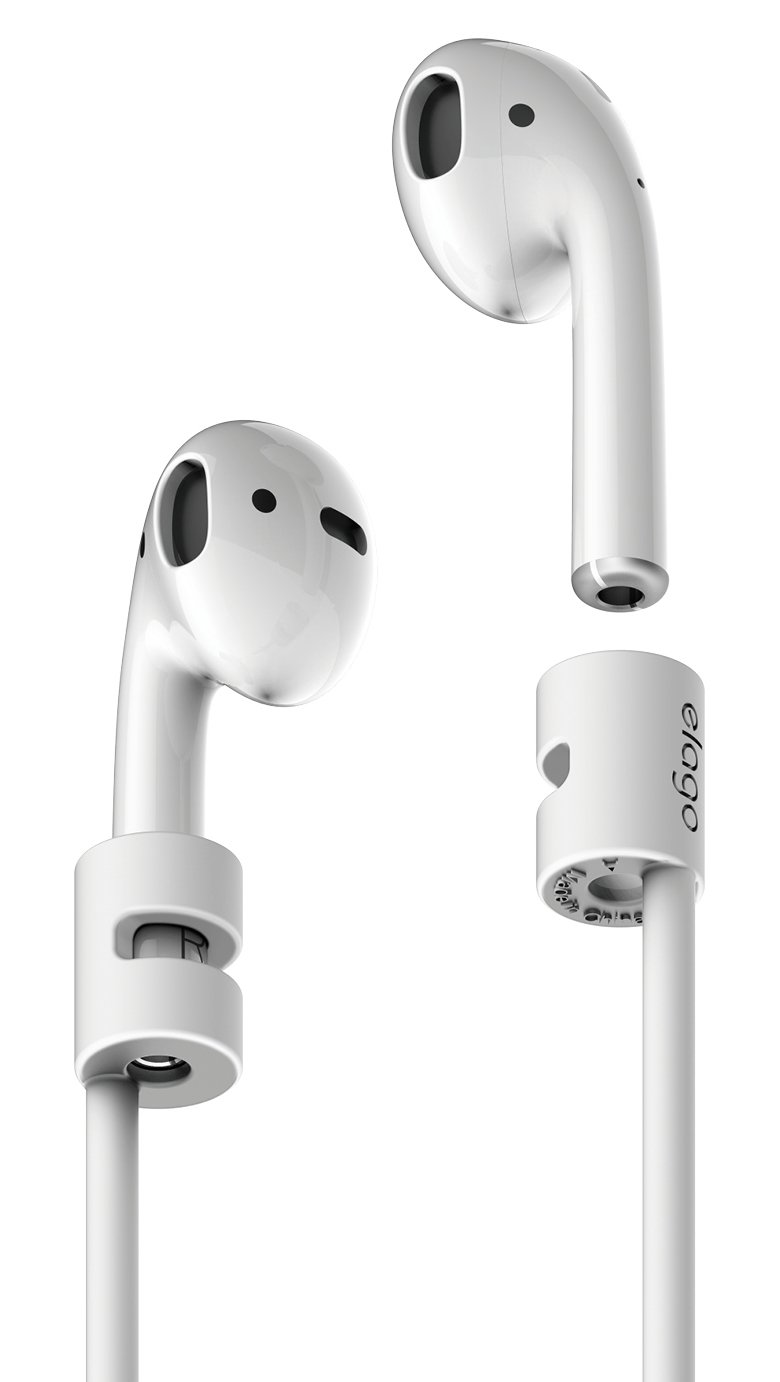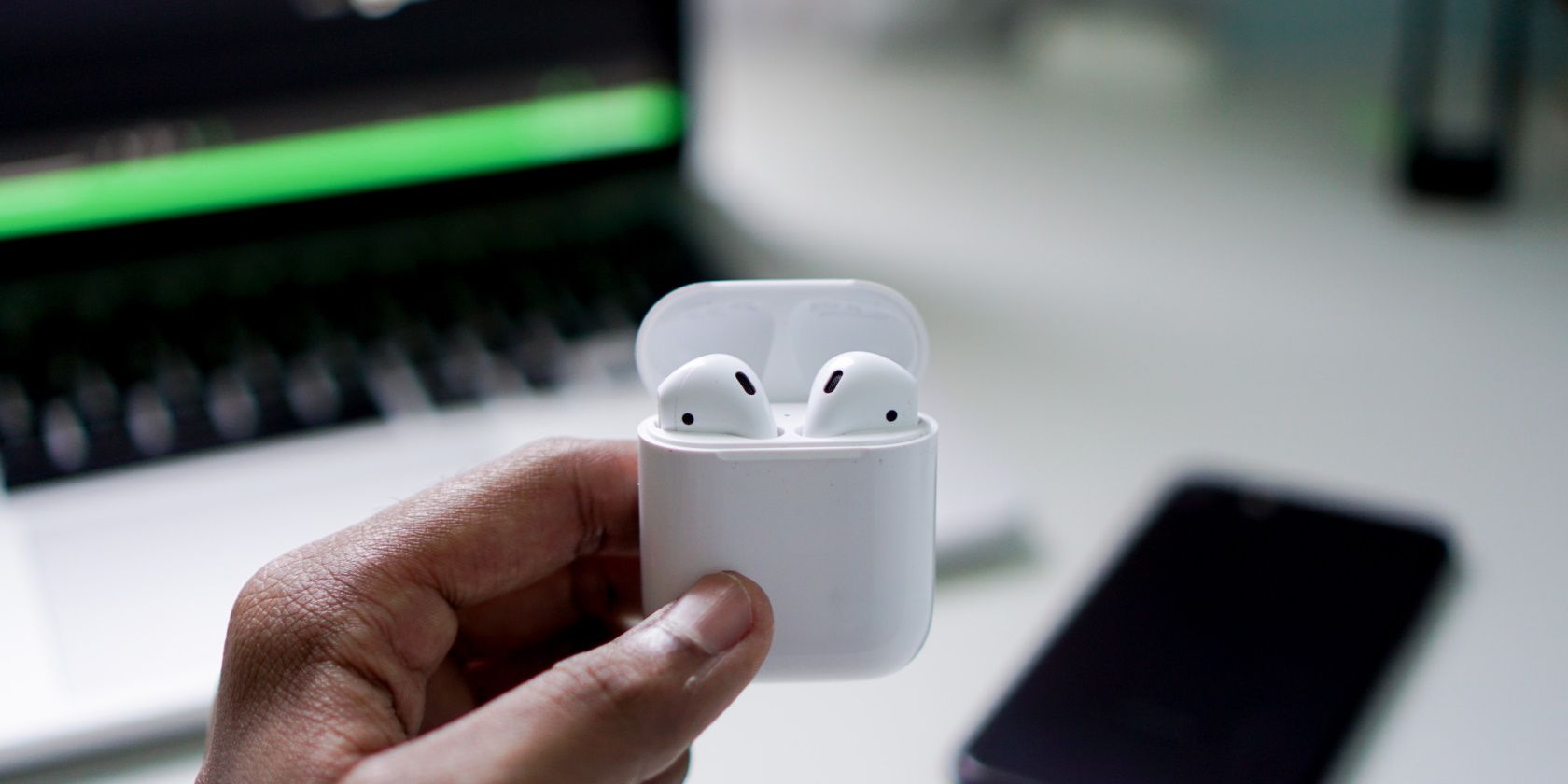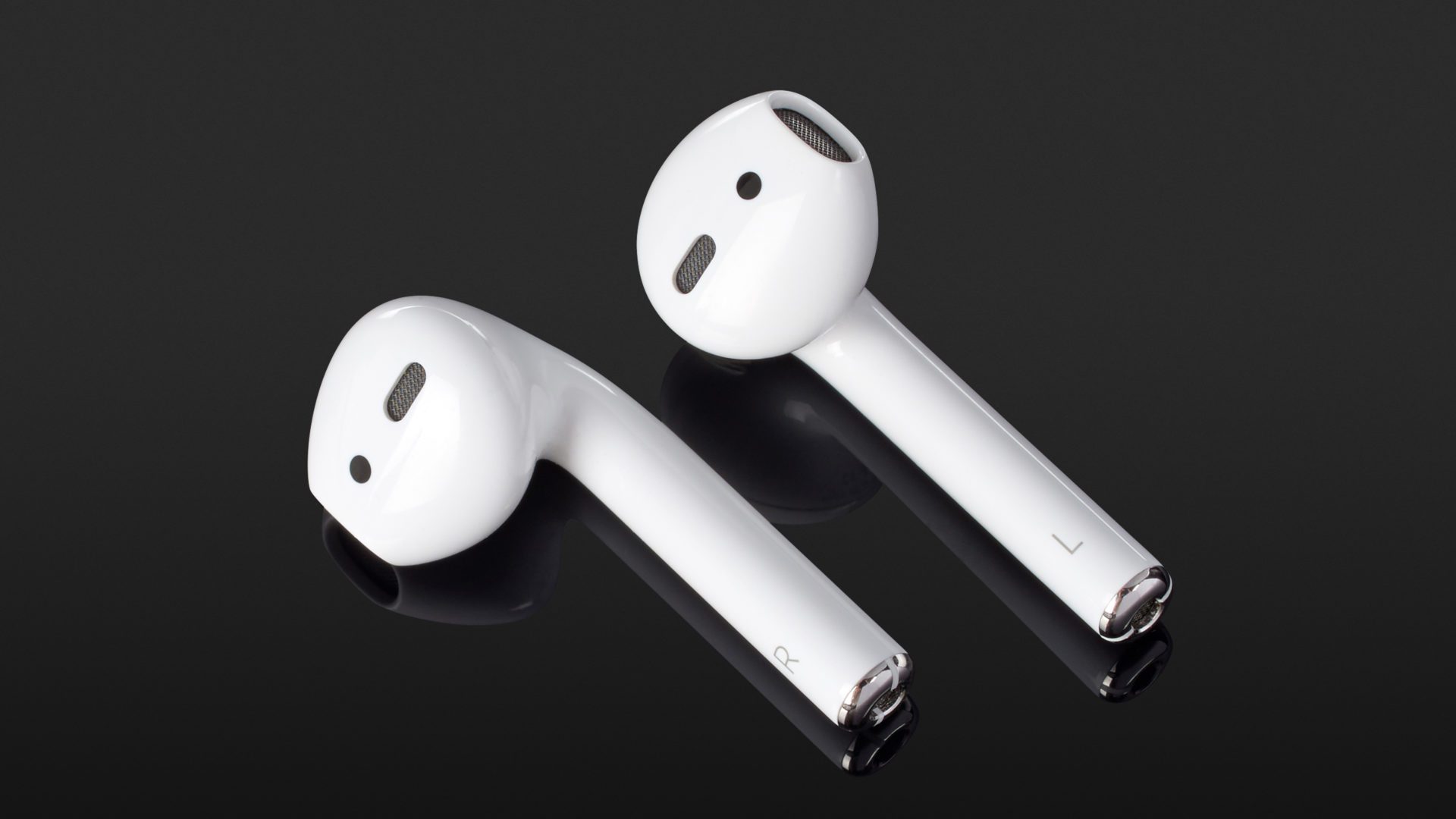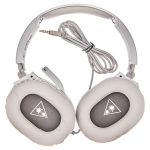Introduction: The Birth of a New Era in Audio
In the annals of personal audio technology, few innovations have made as significant an impact as Apple’s AirPods. Launched in December 2016, the original AirPods marked Apple’s foray into truly wireless earbuds, forever changing how we experience music and interact with our devices. More than just a pair of headphones, they symbolized a leap forward in convenience, style, and technological integration. This comprehensive guide delves into the origins, features, user experience, and lasting legacy of the first-generation AirPods, exploring why they remain a benchmark in the world of wireless audio.
Design Philosophy: Minimalism Meets Functionality
The design of the AirPods 1 was a testament to Apple’s unwavering commitment to minimalism. Eschewing cords and bulky designs prevalent in traditional wireless earphones, the AirPods presented a sleek, almost futuristic aesthetic. Each bud, with its stem extending downwards, became an instantly recognizable silhouette. The compact charging case, reminiscent of a tiny Tic Tac box, doubled as a portable power bank, ensuring users were never far from a recharge. Apple’s decision to omit physical buttons in favor of touch controls furthered the minimalist approach, making the AirPods a seamless extension of the user’s digital life.

Wireless Connectivity: Effortless Pairing and Seamless Switching
A core innovation of the AirPods 1 was its effortless pairing with Apple devices, leveraging the then-new W1 chip. Users could simply open the case near their iPhone or iPad, and a prompt would appear, enabling instant setup. This simplified process, unheard of at the time, eliminated the need for complicated Bluetooth menus. Moreover, the AirPods automatically paused playback when removed and resumed when placed back in the ear, showcasing a new level of smart interactivity. The ability to seamlessly switch between Apple devices without re-pairing further solidified their status as a game-changer in wireless connectivity.
Audio Quality and Performance
Despite initial skepticism about sound quality in such small devices, the AirPods 1 delivered a balanced and clear listening experience. They didn’t strive for audiophile-grade fidelity but catered to the masses with well-tuned dynamic drivers that provided a wide soundstage and decent bass response. The inclusion of dual optical sensors and accelerometers in each bud ensured accurate playback control and noise reduction during phone calls. Additionally, the AirPods featured beamforming microphones that could filter out background noise, enhancing voice clarity during conversations.

Battery Life and Charging Capabilities
Battery life was a crucial aspect of the AirPods’ success, with each charge providing up to 5 hours of listening time or 2 hours of talk time. While not groundbreaking by today’s standards, this was impressive for a first-generation wireless earbud. The compact charging case held multiple charges, extending total usage to over 24 hours before needing a cable. The case itself could be charged via Lightning connector, aligning with Apple’s existing ecosystem. This combination of battery performance and convenient charging mechanisms ensured the AirPods remained a reliable companion throughout the day.
User Experience and Cultural Impact
Beyond technical specifications, the AirPods 1 transformed the way users engaged with their audio content. They facilitated an unprecedented level of freedom, allowing users to move effortlessly through their daily routines without the hindrance of wires. Their iconic design quickly turned them into a fashion statement, symbolizing a blend of tech-savviness and style. From gym-goers to commuters, the AirPods became ubiquitous, fostering a sense of community among users who recognized the shared experience of living wirelessly. Social media was flooded with memes and discussions, turning the AirPods into a cultural phenomenon.
Critiques and Limitations
Despite their revolutionary status, the AirPods 1 were not without criticism. Some users reported issues with the fit, as the one-size-fits-all design didn’t cater to all ear shapes and sizes, leading to concerns about losing them. Others pointed out the lack of water resistance, a feature that has since been addressed in subsequent models. The absence of noise cancellation was another point of contention for those seeking a more immersive listening environment. These limitations, however, did little to dampen the overall enthusiasm for the product, as users found the benefits outweighed the drawbacks.
![]()
Legacy and Future Directions
In conclusion, the original AirPods marked a pivotal moment in consumer electronics, setting a new benchmark for wireless earbuds. Their influence extends beyond the realm of audio technology, shaping the way we perceive and interact with wearable devices. As Apple continues to iterate on the AirPods line, introducing features like spatial audio, improved battery life, and enhanced noise cancellation in later models, the legacy of the AirPods 1 remains firmly etched in history. They stand as a testament to Apple’s capacity for innovation and the public’s appetite for elegantly designed, intuitive technology that enriches everyday experiences. As we look ahead, it is clear that the original AirPods have paved the way for an exciting future in wireless audio, where convenience and high-quality sound are no longer mutually exclusive.
![]()
Expanding Your Understanding: Advanced Tips for Secure and Efficient Networking
Now that you’ve mastered the basics of locating and using the WPS button on your AT&T router, let’s delve into some advanced strategies to optimize your home network for performance and security.
- Creating a Guest Network: Many modern routers, including AT&T models, allow you to set up a separate guest network. This feature is invaluable for maintaining security while still providing internet access to visitors. By isolating guest devices from your primary network, you limit their access to sensitive information and devices, reducing the risk of unauthorized access.
- Parental Controls and Content Filtering: To ensure a safe online environment, especially for children, utilize parental controls. Most AT&T routers come with built-in settings or companion apps that enable you to block specific websites, set time limits on internet usage, and filter out inappropriate content.
- Quality of Service (QoS) Settings: If you experience buffering or lag during video calls or gaming sessions, adjusting QoS settings can help prioritize bandwidth allocation. By assigning higher priority to applications that require real-time data transfer, like video streaming or online gaming, you can ensure smoother performance.
- Updating Router Firmware Manually: While most routers have automatic firmware update features, occasionally checking for and installing updates manually ensures you don’t miss critical security patches. Visit your router manufacturer’s website for the latest firmware and follow their instructions for a safe update process.

-
Enabling Network Segmentation: Advanced users might consider network segmentation, which separates different devices or services onto distinct subnets for added security and efficiency. This technique can help contain potential security breaches and optimize network traffic flow.


